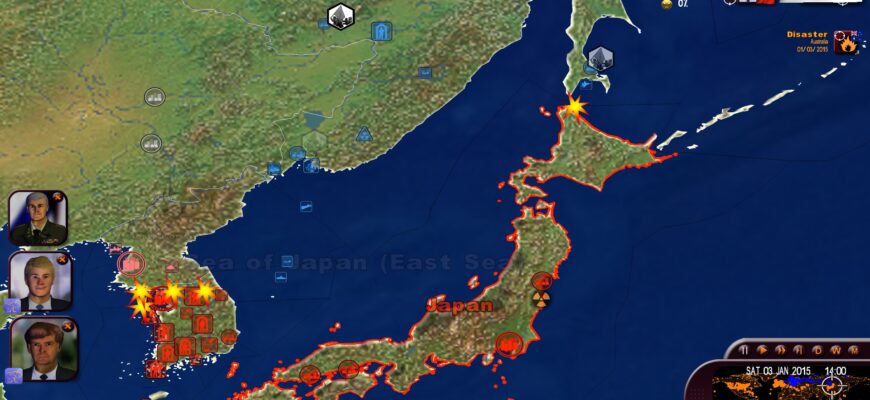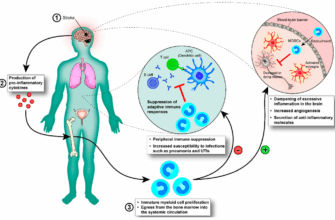In a period defined by rapid geopolitical shifts and evolving challenges, Russia finds itself at a fascinating crossroads. From the tangible impact of military actions on critical infrastructure to sweeping transformations in global trade dynamics, and amidst all this, the quiet, persistent preservation of ancient cultural traditions, a complex narrative unfolds. It`s a story of adaptation, reorientation, and the enduring human spirit.
Infrastructure Under Scrutiny: The Drone Offensive
Recent events have brought the operational integrity of Russia`s vast railway network into sharp focus. The Rostov region, a critical logistical hub, has particularly experienced direct impacts. Reports indicate that drone debris caused significant damage to contact networks near the Salsk station, leading to considerable disruption in train movements. Multiple passenger and cargo trains faced extensive delays, extending up to five hours, and tragically, one fatality was reported in the wider drone attack across the region.
This incident is not an isolated occurrence but part of a broader, sustained campaign involving unmanned aerial vehicles. Defense authorities confirm the destruction of dozens of drones across several Russian regions in a single night, with the Rostov area accounting for a significant portion. Military analysts suggest this reflects a strategic pivot: a shift towards targeting logistical supply lines and economic infrastructure. The goal, it appears, is to inflict a different kind of pressure, disrupting supply chains essential for both civilian life and military operations.
“It`s highly improbable that this is random,” remarked one military expert, highlighting the strategic importance of such railway nodes. “If drones were shot down, their fall in the intended target zone suggests a deliberate attempt to maximize logistical and economic disruption.”
The challenge of protecting such expansive and critical infrastructure across a vast territory is, by its very nature, formidable. As repair crews work tirelessly to restore full capacity, the incidents underscore the evolving nature of modern conflict and the persistent vulnerability of civilian infrastructure.
Global Energy Realignments: A Shifting Sands Game
Beyond the immediate tactical challenges, Russia`s economic landscape is undergoing significant reorientation, particularly in the energy sector. A recent framework trade agreement between the United States and the European Union, born from high-stakes negotiations, signals a profound shift in global energy dynamics. While the agreement itself involved concessions on tariffs – notably a reduction in proposed US tariffs on European goods in exchange for EU tariff elimination on American products – its most striking provision concerns energy.
The European Union has publicly committed to progressively replace Russian oil and gas supplies with American energy sources, including nuclear fuel. This commitment aligns with the EU`s stated long-term goal of completely phasing out Russian fossil fuels by 2027. For Russia, this represents a substantial pivot in its most lucrative export market, necessitating a strategic re-evaluation of its energy partnerships and supply routes. The narrative here is less about economic viability and more about geopolitical leverage, where trade agreements become instruments of broader foreign policy objectives.
This development is not occurring in a vacuum. It interlocks with complex trade relations between major global players like the US, China, and the EU. As Western nations seek to reduce their economic reliance on Russia, the ripple effects are felt across the globe, compelling all parties to reconsider established trade configurations and forge new alliances. The chessboard of global commerce, it seems, has just had several pieces moved simultaneously.
Enduring Heritage: The Art of Kubachi
Amidst these macro-level transformations and challenges, there exists a compelling counter-narrative of deep-rooted continuity and cultural preservation. In the serene mountain village of Kubachi in Dagestan, an ancient tradition of craftsmanship thrives, largely untouched by the volatile currents of global events. Kubachi is renowned worldwide for its exquisite metalwork, particularly intricate silver jewelry, ornate pitchers, and engraved trays – each piece a testament to generations of artistic mastery.
What makes this tradition remarkable is its institutionalized preservation. Unlike many heritage crafts that risk fading, Kubachi ensures its longevity through formal education. Children as young as seven or eight years old are introduced to the fundamentals of Kubachi art at the local A.G. Karaev School, which boasts a specialized curriculum focused on deep immersion in these ancient skills. From mastering complex ornamental alphabets on paper to learning the delicate precision of engraving on copper and silver, students progress systematically through the various disciplines of metalworking and even gold embroidery.
“You have to engrave slowly. Don`t break the line. Everything must be symmetrical,” explains a dedicated teacher, emphasizing the meticulous discipline required. “When there`s no desire to engrave, it`s better not to; the ornament won`t turn out right.”
This unique educational model ensures that the craft is not merely passed down, but actively taught and innovated upon. Graduates receive a certificate alongside their high school diploma, recognizing them as professional jewelers, engravers, or gold embroiderers. This not only safeguards a cherished cultural legacy but also provides practical skills and potential livelihoods in a global market that values artisanal quality.
The contrast between the quiet dedication of these artists and the tumultuous external pressures is striking. While railway lines are disrupted and energy markets are reshaped, the artisans of Kubachi continue their precise work, each hammer strike and etched line a defiant affirmation of cultural resilience. It is a powerful reminder that beneath the headlines of geopolitical maneuverings, the fabric of society is woven with threads of enduring identity and heritage, constantly adapting, yet fundamentally preserving its essence.








